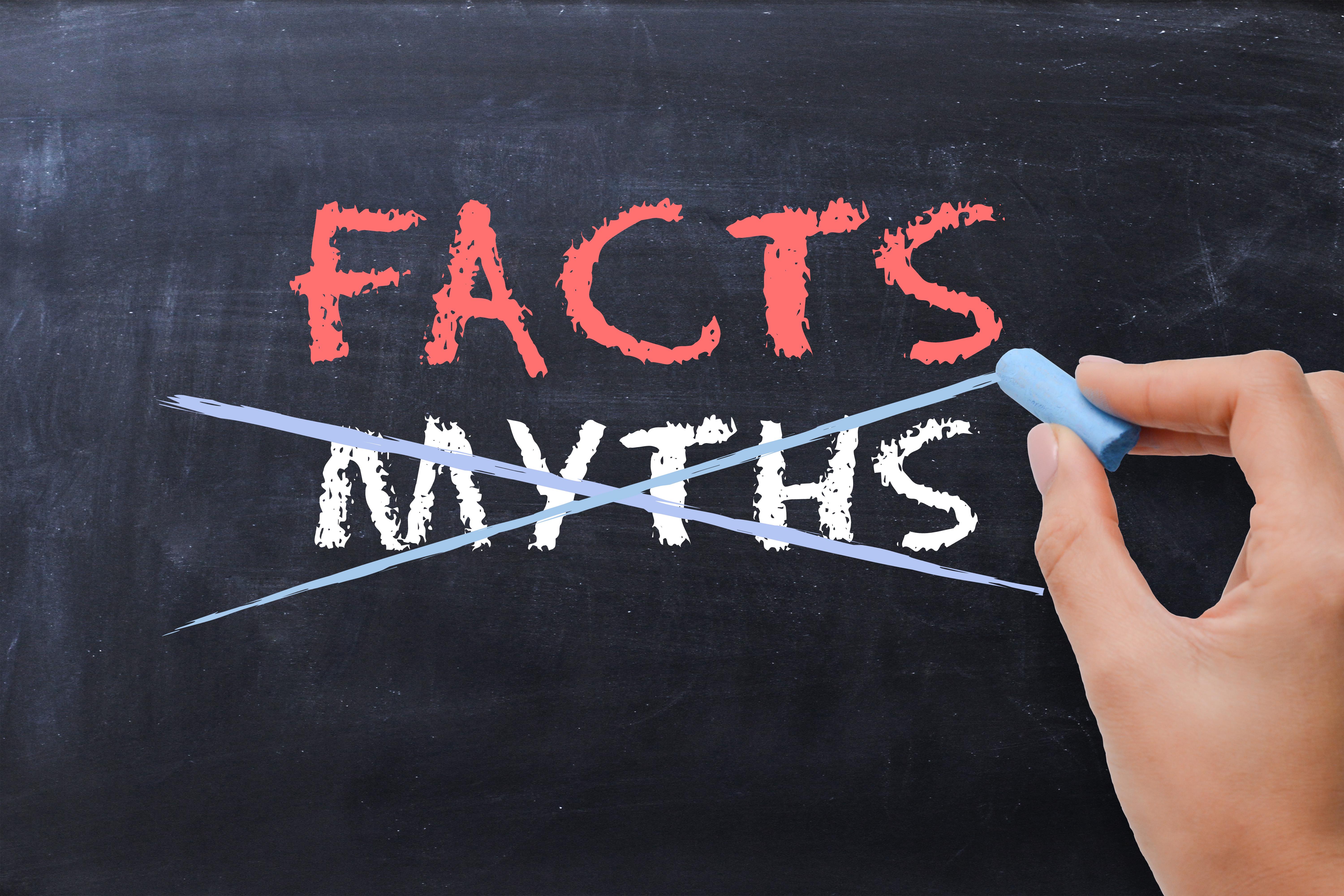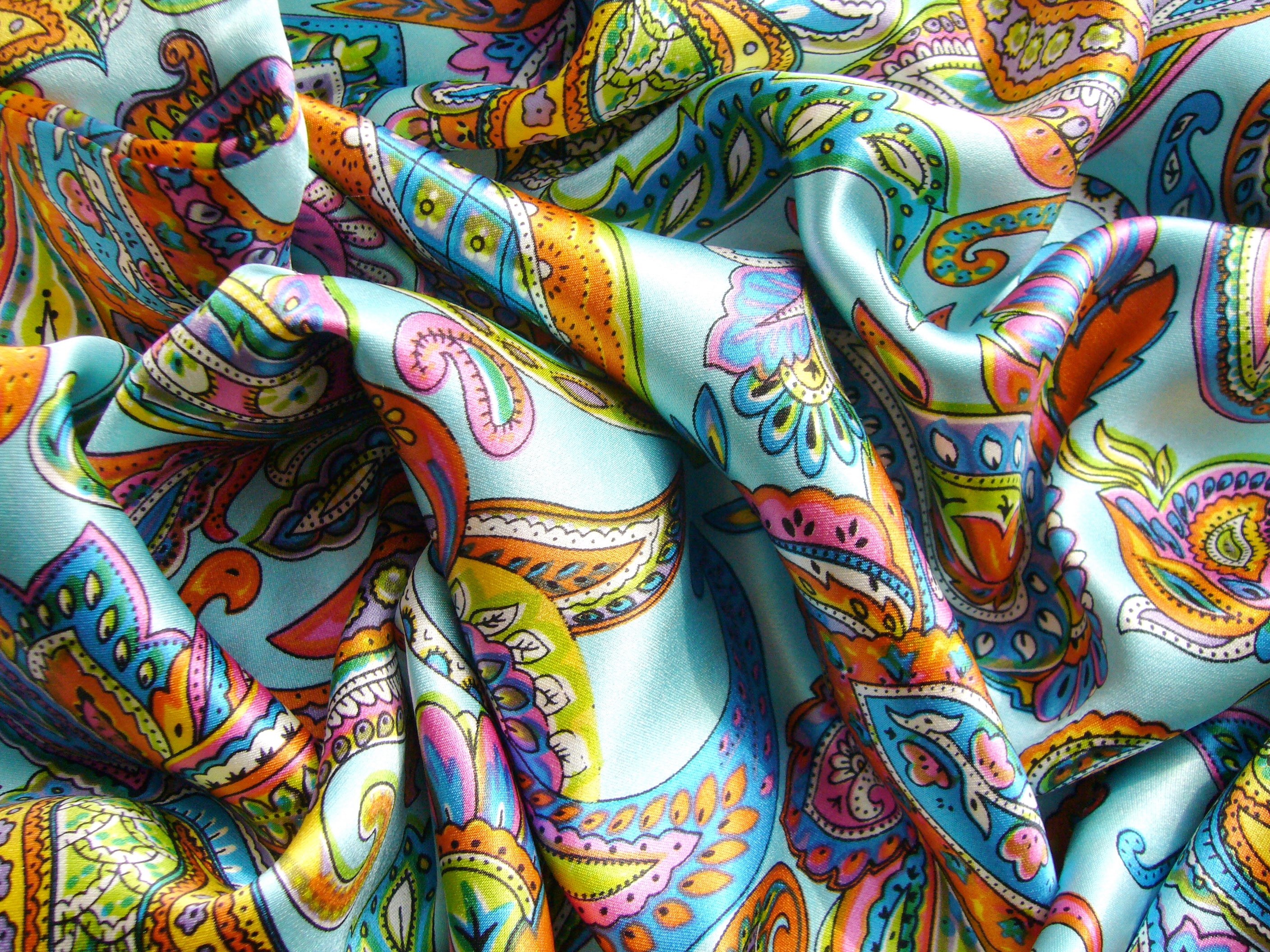Top laundry myths debunked
Post Date:

Top Laundry Myths Debunked
Laundry is an essential household chore, yet it is often surrounded by myths and misconceptions that can lead to inefficient and even damaging practices. In this post, we will debunk some of the most common laundry myths and provide accurate information to help you make informed decisions about your laundry routine.
Myth 1: More Detergent Equals Cleaner Clothes
Contrary to popular belief, using excessive amounts of detergent does not result in cleaner clothes. In fact, too much detergent can cause a buildup of residue on your clothes and inside your washing machine, leading to odors, reduced machine efficiency, and even damage over time. To avoid these issues, it is essential to follow the manufacturer's recommendations for detergent usage and choose a detergent that suits your machine type and water hardness.
Myth 2: Hot Water Always Cleans Better
While hot water can be effective in removing certain types of stains and killing bacteria, it is not always the best choice for all laundry needs. High temperatures can cause some fabrics to shrink, fade, or become damaged. Additionally, hot water can set certain stains, such as protein-based stains, making them more difficult to remove. To protect your clothes and ensure effective cleaning, it is essential to follow the care instructions on your garments and choose the appropriate water temperature for each load.
Myth 3: All Clothes Must Be Separated by Color
Although separating clothes by color can help prevent dye transfer and maintain the vibrancy of your garments, it is not always necessary to separate every load by color. Many modern detergents and washing machines are designed to minimize color bleeding, allowing you to wash mixed colors with confidence. However, it is still advisable to separate new or brightly colored garments, as these are more likely to bleed dye during the washing process.
Myth 4: Fabric Softener is Always Necessary
Fabric softeners can help to reduce static and make clothes feel softer, but they are not always necessary. In some cases, fabric softeners can even be detrimental to your clothes, as they can cause buildup and reduce the absorbency of towels and other fabrics. Additionally, some garments, such as activewear and microfiber cloths, should not be exposed to fabric softener, as it can interfere with their performance. It is essential to consider your specific laundry needs and follow the care instructions on your garments when deciding whether to use fabric softener.
Myth 5: Dry Cleaning is Only for Delicate or Expensive Items
While dry cleaning can be an excellent option for delicate or expensive garments that cannot be safely cleaned with water and detergent, it is not exclusively reserved for these items. Many everyday garments can benefit from dry cleaning, as the process is gentle and can prolong the lifespan of your clothes. Dry cleaning can be particularly useful for removing grease and oil-based stains, as well as maintaining the shape and structure of tailored garments.
Myth 6: Washing Clothes Frequently Causes Damage
Some people believe that washing clothes too frequently can cause them to wear out more quickly. While it is true that excessive washing can contribute to fabric wear and tear, washing clothes when they are dirty is essential for maintaining their appearance and preventing odors. To minimize damage, it is essential to follow the care instructions on your garments, use a gentle detergent, and choose the appropriate wash cycle for each load. Additionally, air-drying clothes instead of using a tumble dryer can help to preserve fabrics and extend the life of your garments.
Myth 7: All Stains Must Be Treated Immediately
While it is generally a good idea to treat stains as soon as possible, not all stains require immediate attention. Some stains, such as those caused by red wine or chocolate, benefit from immediate treatment to prevent them from setting into the fabric. However, other stains, such as those caused by oil or grease, can be more effectively removed if allowed to dry before treatment. The key to successful stain removal is understanding the type of stain and applying the appropriate treatment method accordingly.
Myth 8: Bleach is the Best Stain Remover
Bleach can be an effective stain remover for some types of stains and fabrics, but it is not a one-size-fits-all solution. In fact, bleach can cause damage or discoloration to certain fabrics and should be used with caution. Before using bleach on a stain, it is essential to verify that the fabric is bleach-safe and follow the manufacturer's recommendations for dilution and usage. Alternative stain removal methods, such as enzymatic cleaners or oxygen-based stain removers, can be safer and more effective options for many types of stains and fabrics.
In conclusion, many common laundry myths can lead to inefficient or even harmful laundry practices. By debunking these myths and following the appropriate guidelines for garment care, detergent usage, and stain removal, you can improve the effectiveness of your laundry routine and prolong the life of your clothes. Armed with accurate information, you can make informed decisions about your laundry routine and enjoy cleaner, fresher clothes for years to come.
Last Update: Feb 27, 2023 / 12:00 AM
Related Posts
Expert Cleaners
Let proffesionals clean your clothing
Detailed Inspection
Pockets, stains, clothing labels
Cleaning Rewards
Earn rewards on every order
Pick-up & Delivery
Fast pick-up and delivery to your home


